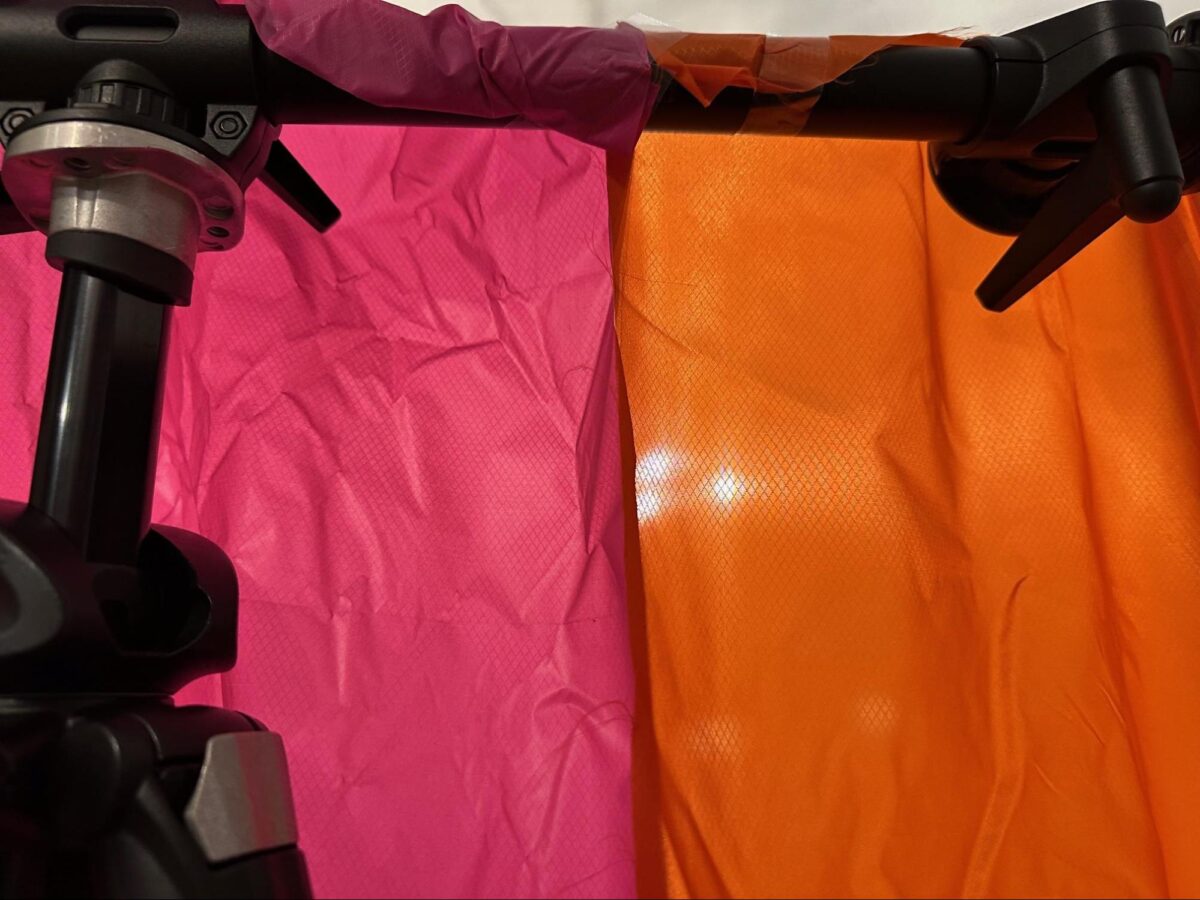Introduction
In the discussion following my last article, several readers asked if there is a relationship between MVTR and air permeability. MVTR stands for moisture vapor transmission rate and describes the efficiency with which a fabric allows moisture vapor from evaporated sweat to move through the fabric. Similar in concept, air permeability describes the ease with which air passes through a fabric.
In thinking about this question, it seemed to me that I had already discussed this relationship in my first article on the subject, where I found that air permeability had a minor impact on eliminating vapor resulting from sweat production.
As I thought about this, I wondered if I was missing something in that first article. In my last couple of articles, I wrote about how low permeability garments such as windshirts, even in moderate winds, generally permit no air to penetrate the garments so that no vapor removal would result. In the original study, all the garments were windshirts with permeability ranging from less than 1 to 14 CFM/2. These air permeability numbers should permit no air penetration under the conditions and running speeds at which I tested. So, how would my original study find even a minor role for air permeability to contribute to vapor elimination? Something was missing here, so I decided to look deeper into the relationship between air permeability and MVTR.
Here is what I found: There is a relationship between air permeability and MVTR in fabrics that do not include a waterproof membrane. Here is the disconnect among my various articles: it is true that wind penetration of a fabric typically removes little or no water vapor; however, it is also true that the fabric features that enable high air permeability also support high MVTR. This means you will tend to stay dryer in a garment with high air permeability. Not because a high air permeability garment permits enough airflow through to evaporate moisture from your skin, but because with reduced resistance to airflow, a fabric also provides reduced resistance to vapor transfer.
However, there is a limit to the relationship between air permeability and MVTR. This occurs in windshirts with air permeability below 40-50 CFM/2. Below this range, our correlation equations will underestimate MVTR for a given air permeability. But, generally, not by a lot.
Member Exclusive
A Premium or Unlimited Membership* is required to view the rest of this article.
* A Basic Membership is required to view Member Q&A events




Home › Forums › By The Numbers Fabric Air Permeability and MVTR are Closely Related, Just Not How You Might Expect